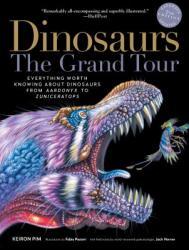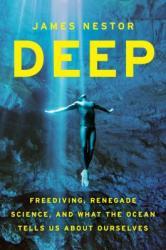Book Review: Dinosaurs The Grand Tour: Everything Worth Knowing About Dinosaurs from Aardonyx to Zuniceratops
Dinosaurs: The Grand Tour is a remarkably well-encompassing resource, covering everything from polar dinosaurs (yes, you read that right) to a dinosaur three times taller than a giraffe. The information is presented in such a way that a layperson can follow along without feeling overwhelmed by scientific jargon. The author even included a pronunciation guide for the dinosaurs’ tongue-twisting names.
One of the main selling points of this book is the fact that it’s currently one of the most up-to-date resources on dinosaurs, with a publication date of 2019. Considering how quickly the field of paleontology continues to evolve, resources that were up-to-date ten years ago soon become... well… prehistoric. Notably, it’s also the second edition and has been expanded and updated since the original was published in 2016. Since I didn’t read the first edition, I can’t comment on how the two editions compare, but from what I can tell, you’ll be hard pressed to find a more cutting-edge resource on dinosaurs.
The illustrations are also nicely done, especially the color pieces that encompass two pages. It should be noted that most of the illustrations are not in color, so if you’re looking for a coffee table book, you might be disappointed. Still, the illustrations are beautiful as a whole and complement the text nicely.
Speaking of color, Pim explains how scientists have used fossilized pigment cells to determine both the colors of certain dinosaurs and the physical advantages these colors might have conferred. Considering this topic has been a source of mystery for many years, this section was particularly illuminating.
Finally, the quizzes peppered throughout the book are engaging and help you retain what you’ve learned. The author also includes an answer key at the back of the book, so if you don’t feel like hunting for the answer, you can always cheat.
Overall, I would recommend this resource to anyone interested in dinosaurs and paleontology in general.












